#WASHINGTON — Congress is expected to decide in the next two weeks whether to extend current restrictions on regulating the safety of commercial human #spaceflight occupants, and if so, for how long.
House and Senate negotiators are working to finalize a new long-term Federal Aviation Administration reauthorization bill that would extend and modify existing authorities for the agency set to expire March 8. Congress previously passed two short-term stopgap extensions of provisions that had been set to expire last October.






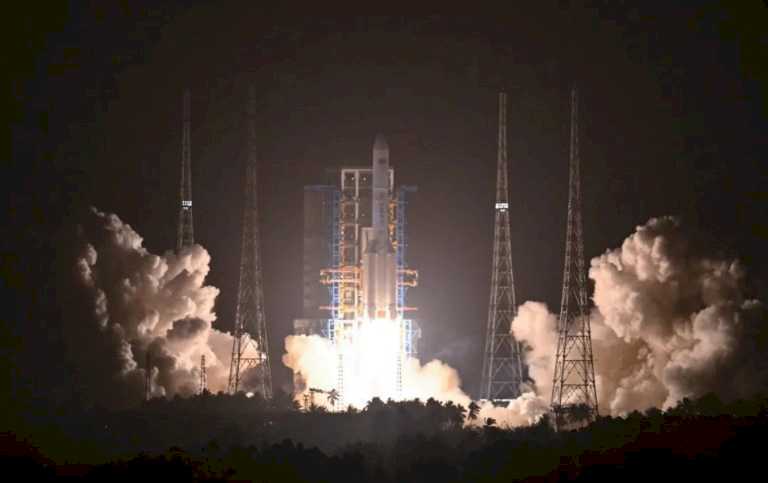

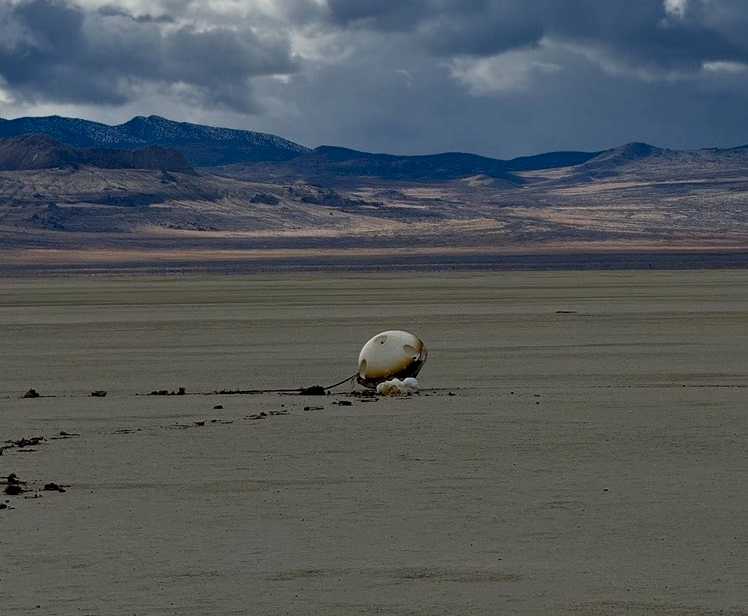
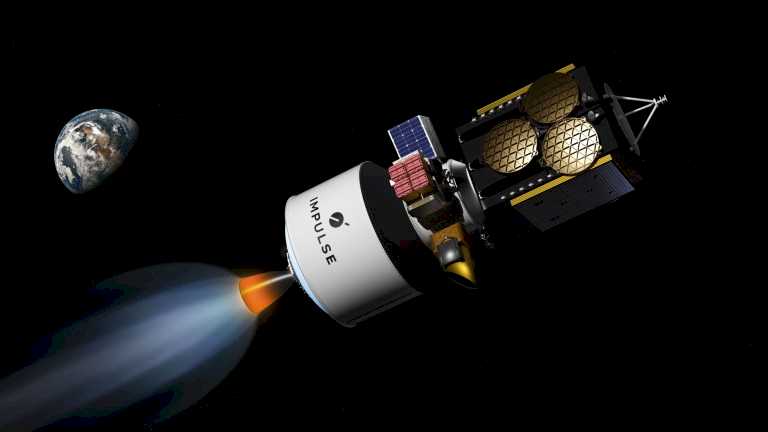
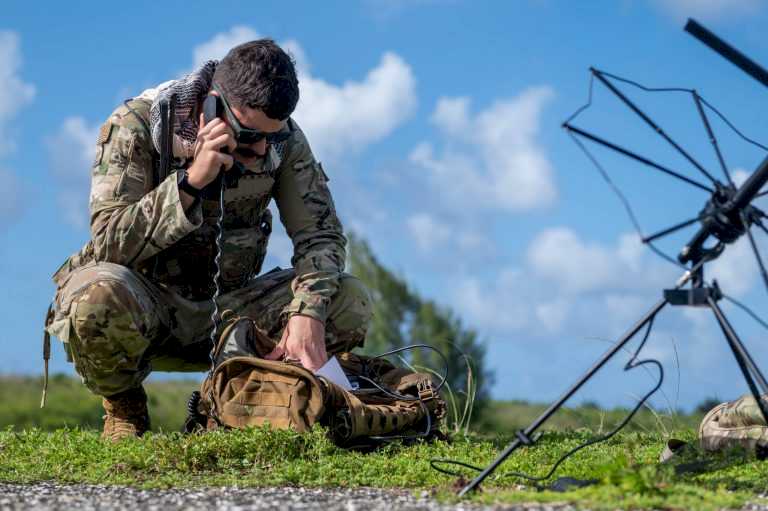
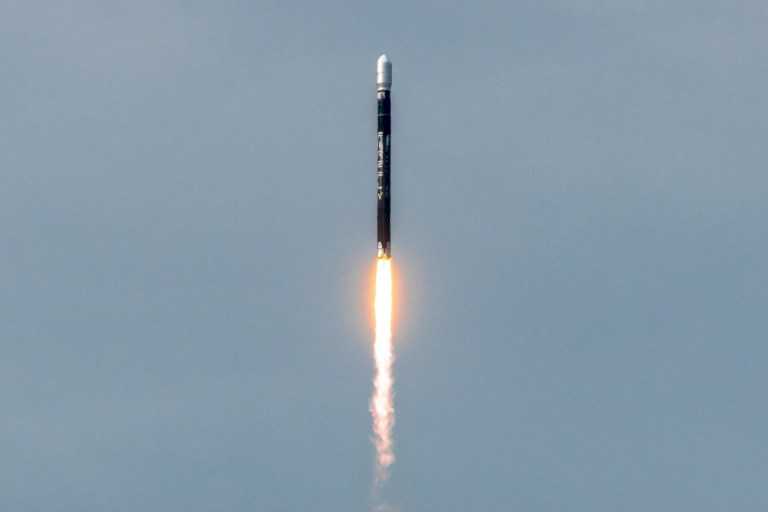





Space news on Umojja.com